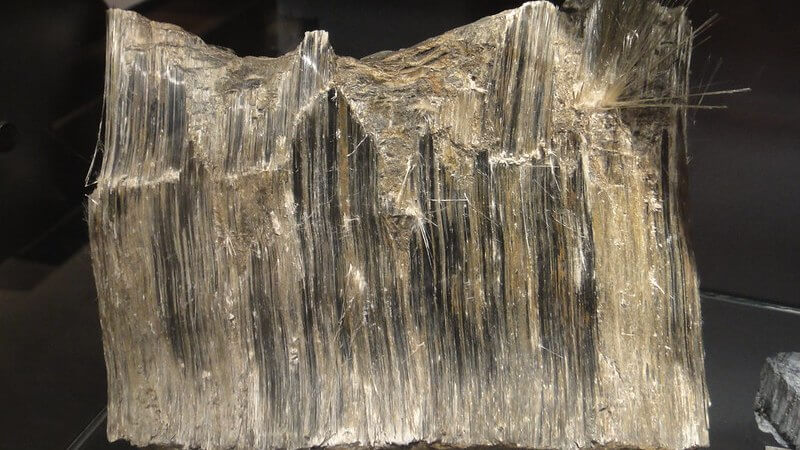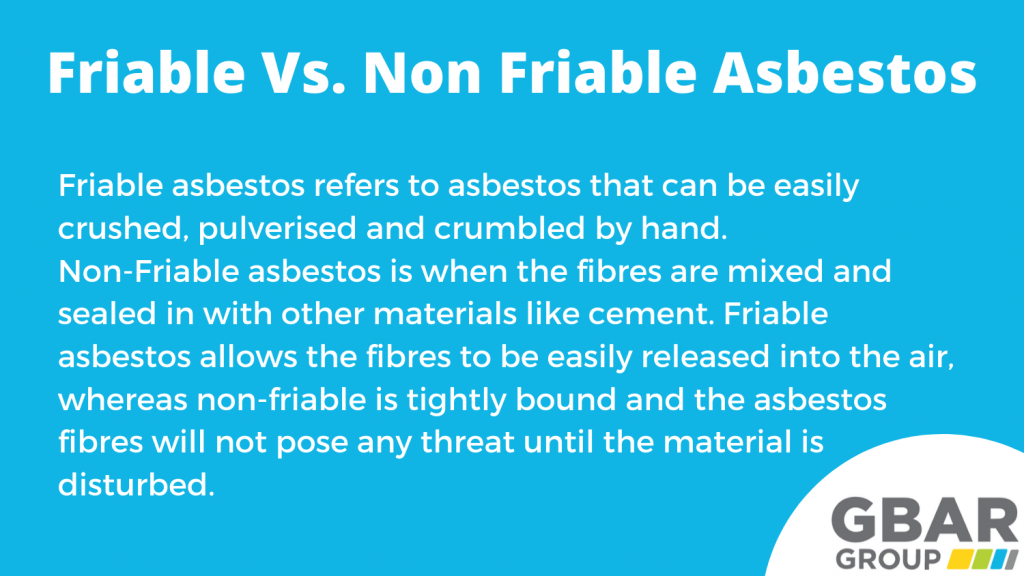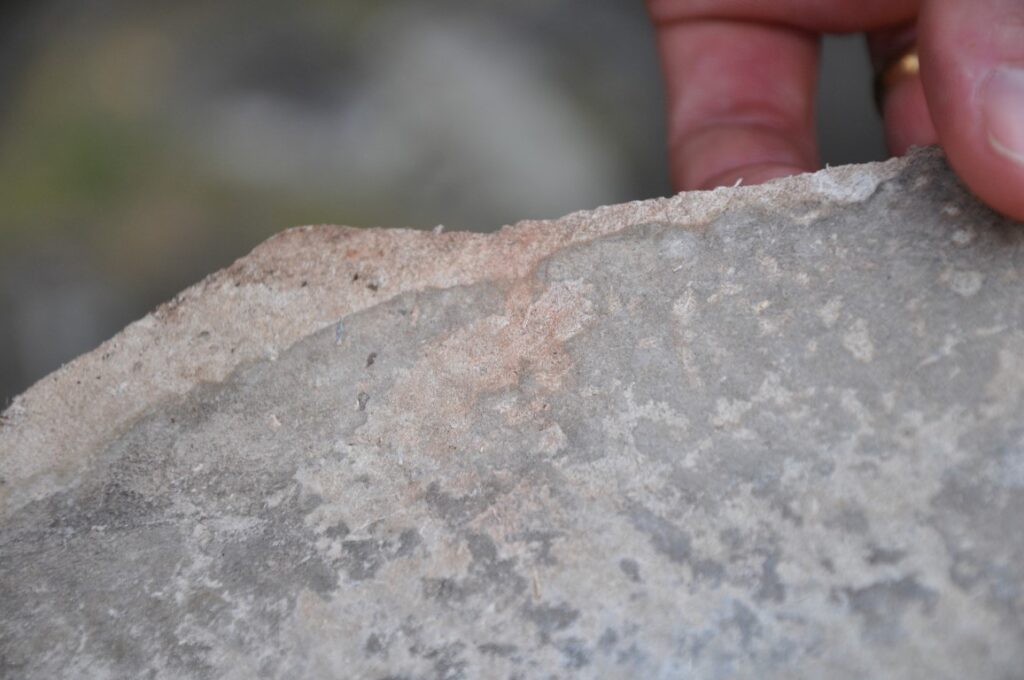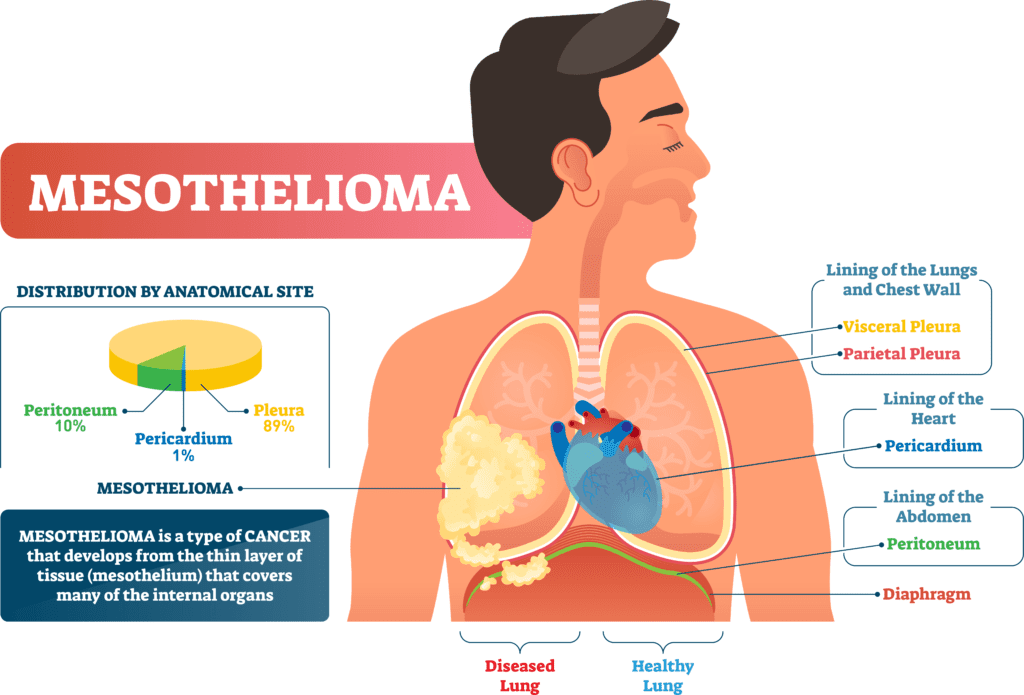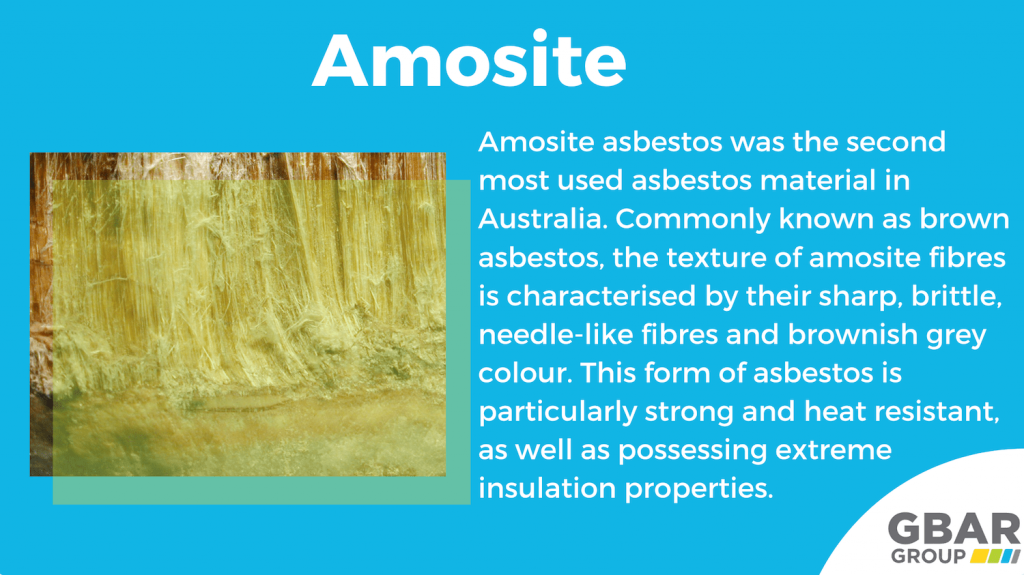In this article, we will explore the fascinating world of asbestos and uncover the three different types and their unique colors. Whether you are a curious individual or someone seeking knowledge about the various forms of this mineral, you’ll discover valuable insights that shed light on the distinctions between Chrysotile, Amosite, and Crocidolite asbestos. So, buckle up and get ready to delve into these three distinct types and their captivating colors.
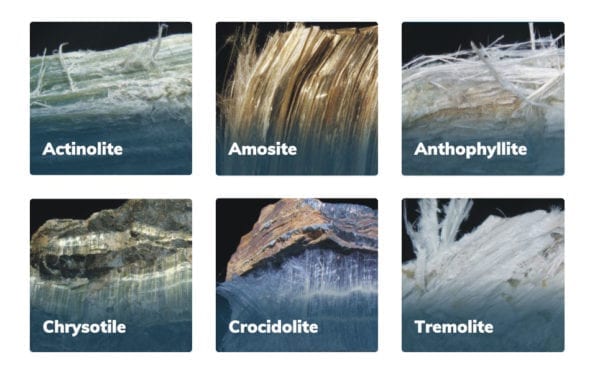

Amphibole Asbestos
Introduction
Amphibole asbestos is a category of asbestos fibers that is known for its needle-like structure. Unlike serpentine asbestos, which has a curly, layered form, amphibole asbestos is straight and thin. This type of asbestos is known to be more dangerous and can cause severe health issues when inhaled. There are several types of amphibole asbestos, each with its own distinct properties and colors.
Types
1. Crocidolite (Blue Asbestos)
Crocidolite, also known as Blue Asbestos, is one of the most hazardous forms of amphibole asbestos. It gets its name from its unique blue color, which sets it apart from other types of asbestos. Due to its thin and brittle nature, crocidolite fibers are easily inhaled and can penetrate deep into the respiratory system. Exposure to crocidolite has been linked to a variety of serious health conditions, including lung cancer, mesothelioma, and asbestosis.
2. Amosite (Brown Asbestos)
Another type of amphibole asbestos is amosite, which is also known as Brown Asbestos. Amosite fibers have a distinct brown color and are known to be more resistant to heat and chemicals compared to other types of asbestos. This made amosite a popular choice for insulation in buildings, especially in industrial settings. Like other forms of asbestos, inhalation of amosite fibers can cause severe lung diseases and has been classified as a human carcinogen.
3. Anthophyllite
Anthophyllite is another member of the amphibole asbestos family. It is less commonly found compared to crocidolite and amosite, but it still poses a significant health risk. Anthophyllite fibers can range in color from grayish-green to brown. Due to its scarcity and relatively limited commercial use, the exposure to anthophyllite asbestos is less frequent. However, when present, it can still cause respiratory issues and increase the risk of developing asbestos-related diseases.
Colours
Amphibole asbestos comes in various colors, with each type having its distinct hue.
- Crocidolite (Blue Asbestos): The fibers are typically a deep blue color, giving it its name. The vibrant blue appearance sets it apart from other types of asbestos.
- Amosite (Brown Asbestos): Amosite fibers have a characteristic dark brown color. This distinct hue differentiates it from other asbestos varieties.
- Anthophyllite: The color of anthophyllite asbestos can range from grayish-green to brown. The variation in color depends on impurities present in the fibers.


Serpentine Asbestos
Introduction
Serpentine asbestos is another category of naturally occurring asbestos fibers. Unlike amphibole asbestos, serpentine asbestos is characterized by its curly, serpentine structure. The fibers are generally longer and more flexible compared to amphibole asbestos, making them easier to handle. However, this does not mean that serpentine asbestos is safe. It still poses health risks and has been linked to various asbestos-related diseases.
Types
1. Chrysotile (White Asbestos)
Chrysotile, also known as White Asbestos, is the most common type of serpentine asbestos. It derives its name from its white or grayish-white color. Chrysotile asbestos is the most commercially used and was widely used in building materials, including insulation, roofing, and flooring. Although it is considered less hazardous than amphibole asbestos, it can still cause significant health issues when fibers are inhaled.
Colours
Serpentine asbestos is primarily represented by one type, with its specific color:
- Chrysotile (White Asbestos): Chrysotile fibers are typically white or grayish-white in color. The light-colored appearance gives it the name “White Asbestos.”
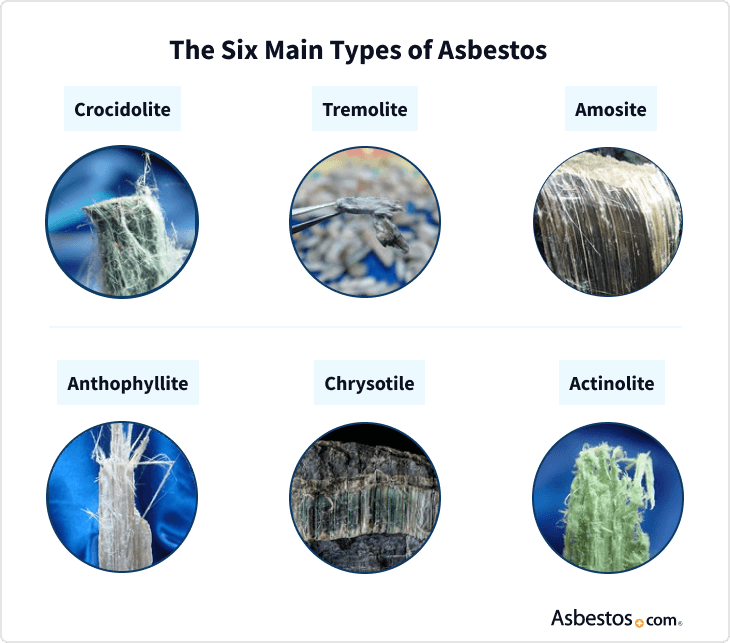

Other Types of Asbestos
Introduction
Apart from amphibole and serpentine asbestos, there are a few other less common types of asbestos. While not as prevalent or extensively studied as the previous categories, these types can also pose health risks when present in the environment.
Types
1. Tremolite
Tremolite is a mineral that can contain asbestos fibers. While it is not as commercially used as some other types of asbestos, tremolite asbestos has been found in certain building materials, such as vermiculite insulation. The color of tremolite asbestos can vary, ranging from white to dark green.
2. Actinolite
Actinolite asbestos is a less common asbestos type that can be found in certain rock formations. It is often found in conjunction with other minerals and is less commercially used compared to other asbestos varieties. Actinolite fibers can range in color from white to dark green, depending on impurities present in the mineral.
Colours
Other types of asbestos vary in color, providing a range of appearances:
- Tremolite: Tremolite asbestos can exhibit colors ranging from white to dark green, depending on the mineral composition.
- Actinolite: Actinolite asbestos shares a similar range in colors, from white to dark green, depending on impurities present.
In conclusion, asbestos comes in various types, each defining its unique characteristics and potential health risks. Whether it’s the straight and brittle amphibole asbestos or the curly serpentine asbestos, exposure to any type of asbestos should be taken seriously. The colors associated with each type serve as identifiers, helping to distinguish and categorize the different forms of this hazardous mineral. It is crucial to understand the diverse nature of asbestos and the health risks it poses, as proper handling and precautions are necessary to mitigate exposure and protect oneself and others from the potential harm it can cause.
